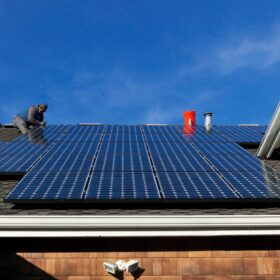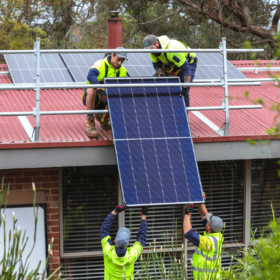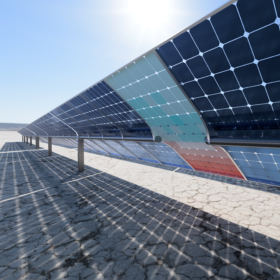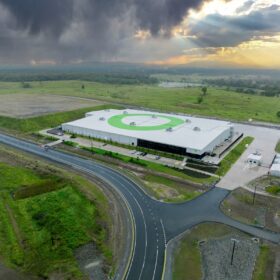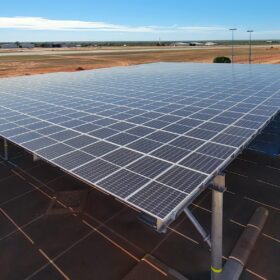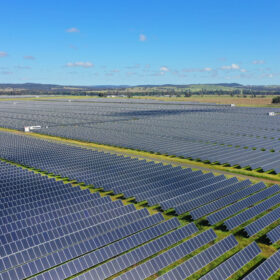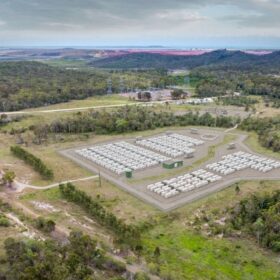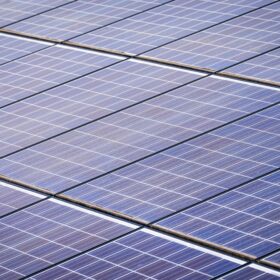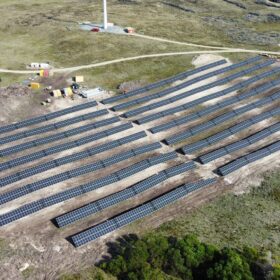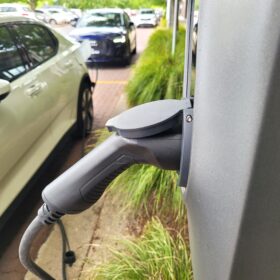New data exchange shines spotlight on future of consumer energy resources
An industry data exchange co-design is putting consumer energy resources at the beating heart of Australia’s energy marketplace, prompted by a 2050 projection of 86 GW of rootfop solar and 27 GW of flexible demand in the national electricity market.
Rooftop solar retrofit on low-income housing is key to reap $17 billion benefit
An accelerated rollout of rooftop solar and electrification for low-income housing could boost Australia’s economy by $17 billion but is dependent on policy change, according to a new Deloitte Access Economics report.
PV Lighthouse lands new funding to develop PV modelling platform
Australian software developer PV Lighthouse has secured almost $2 million in federal to drive the continued development of its SunSolve Yield advanced simulation engine that is designed to improve yield forecasting for utility-scale solar projects.
PM says clean energy ambitions on track despite Fortescue green hydrogen pivot
Prime Minister Anthony Albanese insists Australia is “on track” to become a global renewable hydrogen superpower despite mining billionaire and green hydrogen advocate Andrew Forrest signalling a major slowdown of Fortescue’s ambitions.
Broome International Airport to install 400 kW of solar on carpark structures
Broome International Airport has engaged energy solutions company GenOffGrid to install a 400 kW solar covered carpark at its main terminal, to compliment two more systems in the pipeline with a total capacity of 660 kW.
Power purchase agreement bootcamps roll out in New South Wales
A NSW government program is being rolled out for business and local councils that buy over 1 GWh of electricity per year to explain how to procure clean energy from the state’s renewable energy zones using power purchase agreements.
Akaysha progresses plans for 1.6 GWh battery in Queensland
Plans to build another grid-scale four-hour capacity battery energy storage system near the central Queensland town of Gladstone have been submitted to the local council as developer Akaysha Energy continues build up an impressive portfolio of battery storage projects.
Enel Green Power buys 1 GW Tallawang hybrid solar and battery project
Renewable energy company Enel Green Power Australia has bought the proposed 1 GW Tallawang solar and battery energy storage project being developed in western New South Wales from British-based global energy company Renewable Energy Systems.
Path cleared for Tasmanian utility to build and partner on 300 MW projects
The way has been cleared for a new generation of solar, wind and hydro projects to be developed in Tasmania with the state government lifting the legislative cap restricting Hydro Tasmania from building or partnering in new large-scale energy generation facilities.
Hydrogen aviation fuel at a Sydney airport paves way for sustainable flight
Operator of Sydney’s Bankstown Airport has partnered with an Australian electric and hydrogen-cell powered aircraft designer and manufacturer to introduce hydrogen as an aviation fuel on site, paving the way for sustainable flight in Australia.
